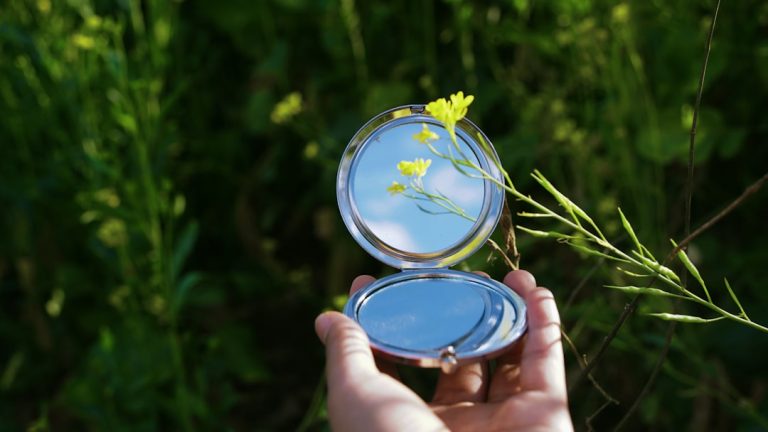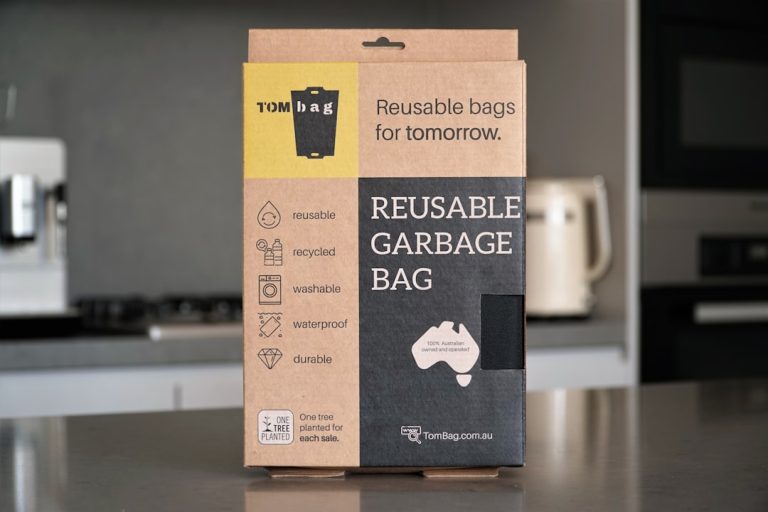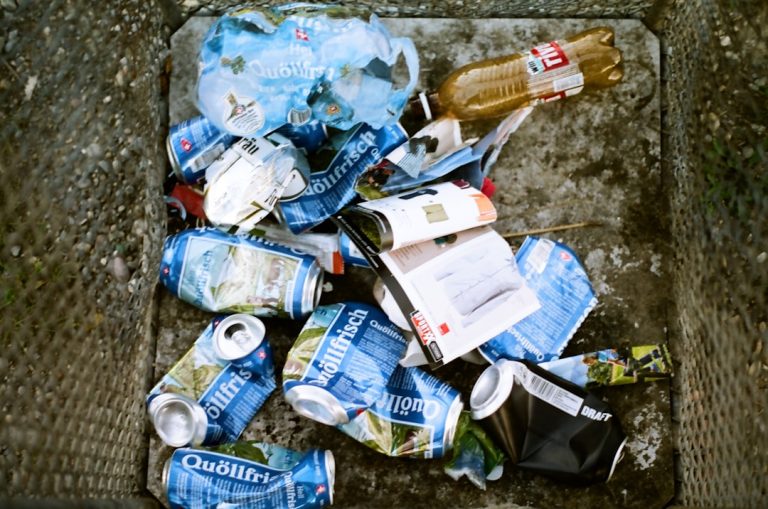How I Choose Eco-friendly Paint for Home Renovations.
How I Choose Eco-friendly Paint for Home Renovations
Embarking on a home renovation is always an exciting journey, but for me, it’s also a deeply personal one. Every decision, from the flooring to the light fixtures, is weighed not just for aesthetics but for its impact on our health and the planet. This philosophy extends profoundly to paint – a seemingly simple choice that can have significant implications for indoor air quality and environmental sustainability. Over the years, I’ve developed a meticulous process for selecting eco-friendly paints, moving beyond the greenwashing to find products that genuinely align with my values. It’s not just about picking a color; it’s about creating a healthier, more sustainable home, one brushstroke at a time. Here’s a detailed look into how I navigate the world of green paints to make the best choices for my renovation projects.
My Initial Filtering: Defining “Eco-Friendly” for My Projects
When I first approach a renovation project, my definition of “eco-friendly” paint isn’t just a vague notion; it’s a set of concrete criteria that forms my initial filter. I’ve learned that not all paints marketed as ‘green’ are created equal, and some claims can be misleading. So, before I even consider color palettes or finishes, I dive deep into what truly makes a paint a responsible choice for my home.
Scrutinizing VOC Levels: My Non-Negotiable Starting Point
The absolute first thing I look for on any paint can is its Volatile Organic Compound (VOC) content. For me, this is non-negotiable. VOCs are chemicals that off-gas into the air, contributing to that typical “new paint smell” and, more importantly, potentially impacting indoor air quality and human health. My goal is always to choose paints with the lowest possible VOC levels. Ideally, I aim for zero-VOC paints, but I understand that even these can contain trace amounts or have VOCs added through tinting. I make sure to ask about the VOC content of the base paint *and* the colorants when I’m at the store. This keen focus on VOCs is paramount for me, especially since my renovations are often in living spaces where my family spends a lot of time.
It’s worth noting that while federal regulations exist, many paints labeled “low-VOC” might still contain more than I’m comfortable with. That’s why I go beyond the general label and look for specific numbers, often aiming for less than 5 grams per liter (g/L), which is significantly lower than some “low-VOC” thresholds. For context, the EPA’s information on VOCs highlights their potential health effects, reinforcing my strict approach. Understanding understanding VOCs has been crucial in this part of my selection process.
Beyond VOCs: What Else I Look For in the Ingredient List
While VOCs are a major concern, my scrutiny doesn’t stop there. I know that a paint can be low in VOCs but still contain other undesirable chemicals. This means I meticulously examine the ingredient list for other harmful substances that I actively try to avoid in my home. I’m particularly wary of ingredients like:
- Alkylphenol Ethoxylates (APEs): These are often used as surfactants and can be endocrine disruptors.
- Formaldehyde: A known carcinogen, sometimes found in preservatives.
- Heavy Metals (e.g., lead, cadmium, mercury): Though largely phased out in residential paints, I still confirm their absence, especially in older or imported brands.
- Phthalates: Often used as plasticizers, they are also endocrine disruptors.
- Ammonia: Can be an irritant, especially for those with respiratory sensitivities.
Digging Deeper: Unpacking the Composition of Potential Paints
Once I have a shortlist of paints that pass my initial VOC and “avoid list” filtering, I move into a more detailed investigation of their actual composition. This stage is about understanding the very building blocks of the paint – the binders, pigments, and solvents – and ensuring they align with my deeper ecological principles. It’s here that I truly differentiate between paints that are “less bad” and those that are genuinely beneficial for both my home and the environment.

Seeking Bio-Based and Renewable Resources in My Choices
My ideal eco-friendly paint isn’t just free of harmful chemicals; it’s also made from sustainable, renewable resources. I actively seek out paints that incorporate bio-based materials wherever possible. This includes binders derived from plants (like casein, plant oils, or natural resins), natural pigments (from clays, minerals, or plant extracts), and even recycled content in the fillers. For instance, some paints use recycled glass or porcelain as fillers, which reduces waste and the demand for virgin materials. This isn’t always easy to find, but when I do, it’s a significant plus. It speaks to a manufacturer’s commitment to a circular economy, which is a key aspect of sustainable home design for me. I also consider the source of these raw materials, preferring those that are locally sourced to reduce transportation emissions, if such information is available.
Understanding Pigments and Solvents: My Avoid List
Even with low-VOC paints, the type of pigments and residual solvents can matter. I continue to be vigilant about pigments, ensuring they are free from heavy metals or other toxic components. While most modern paints have moved away from lead, I’m still cautious about certain vibrant synthetic pigments that might have environmental drawbacks during their production or disposal. For solvents, even if a paint is water-based, it might still contain small amounts of co-solvents to aid in application and drying. I look for paints that minimize these or use safer alternatives. My preference leans towards paints that utilize mineral-based pigments or naturally occurring earth pigments, as their environmental footprint is generally lower than synthetically produced ones.
The Assurance of Third-Party Certifications: My Green Seal of Approval
Navigating the claims of “green,” “natural,” and “eco-friendly” can be overwhelming. This is where third-party certifications become invaluable. They act as independent verifiers, cutting through potential greenwashing and providing a standardized benchmark for environmental performance. For me, a paint with multiple, reputable certifications is always a strong contender.
- Green Seal: This is one of the most recognized certifications in North America. Green Seal certified paints must meet rigorous criteria for VOC content, hazardous ingredients, and performance. It assures me that the product has undergone a thorough review process and meets high environmental standards.
- GREENGUARD Gold: Particularly important for indoor air quality, GREENGUARD Gold certification indicates that a product has been tested for low chemical emissions. This is crucial for spaces like bedrooms, nurseries, or areas where occupants may be particularly sensitive to airborne chemicals. It signifies that the paint contributes to healthier indoor environments.
- Cradle to Cradle Certified: This certification takes a holistic approach, evaluating products across five categories: material health, material reutilization, renewable energy and carbon management, water stewardship, and social fairness. A paint with this certification demonstrates a commitment to a truly circular economy and goes beyond just the product itself to consider its entire lifecycle and manufacturing impact.
- Other Notable Certifications: While Green Seal, GREENGUARD Gold, and






